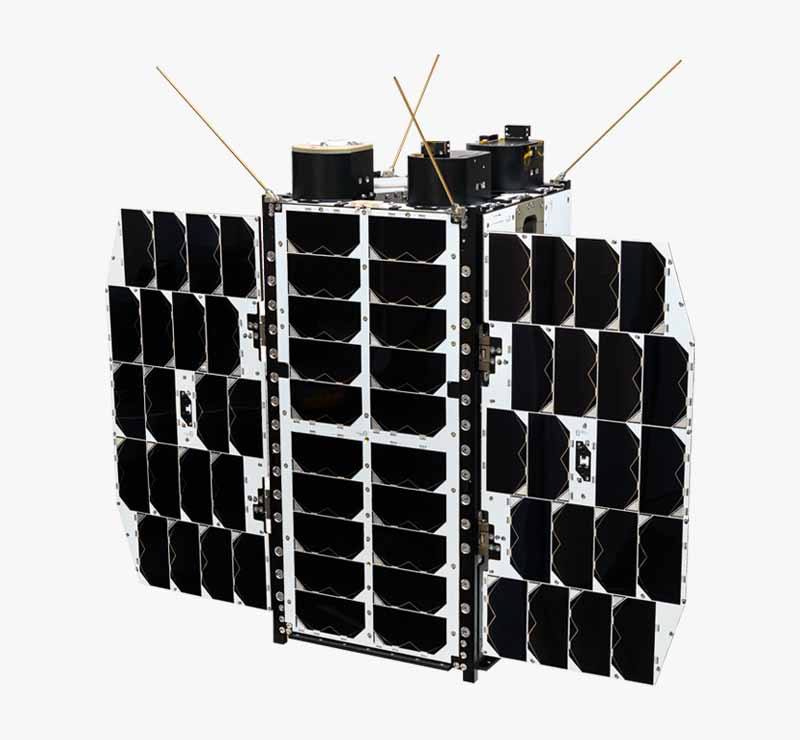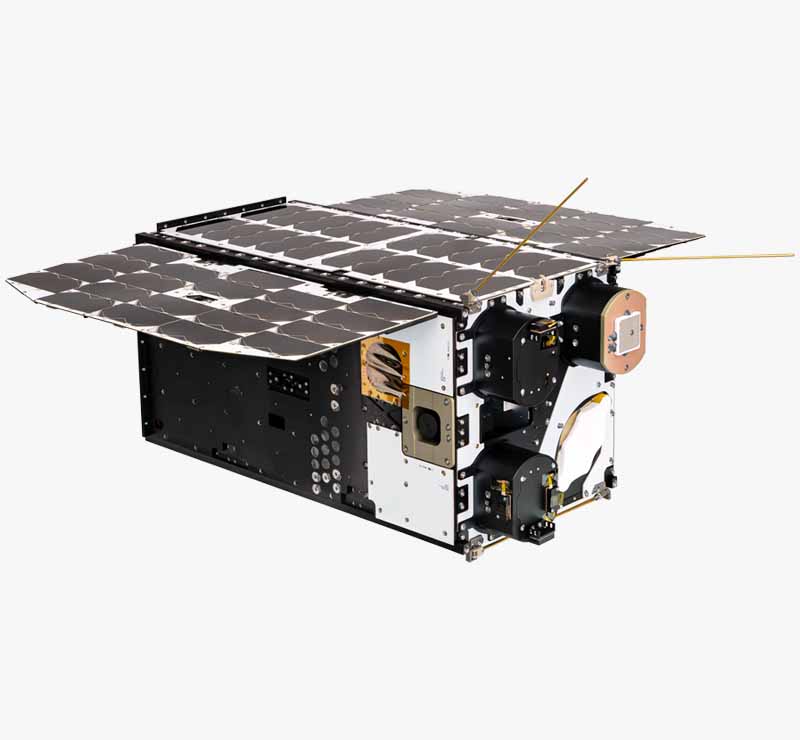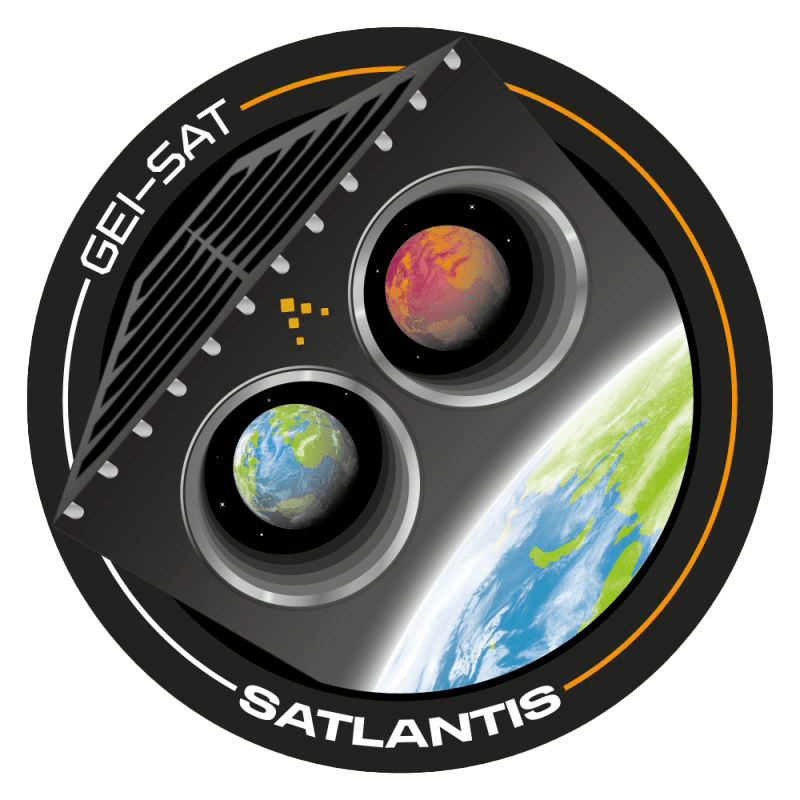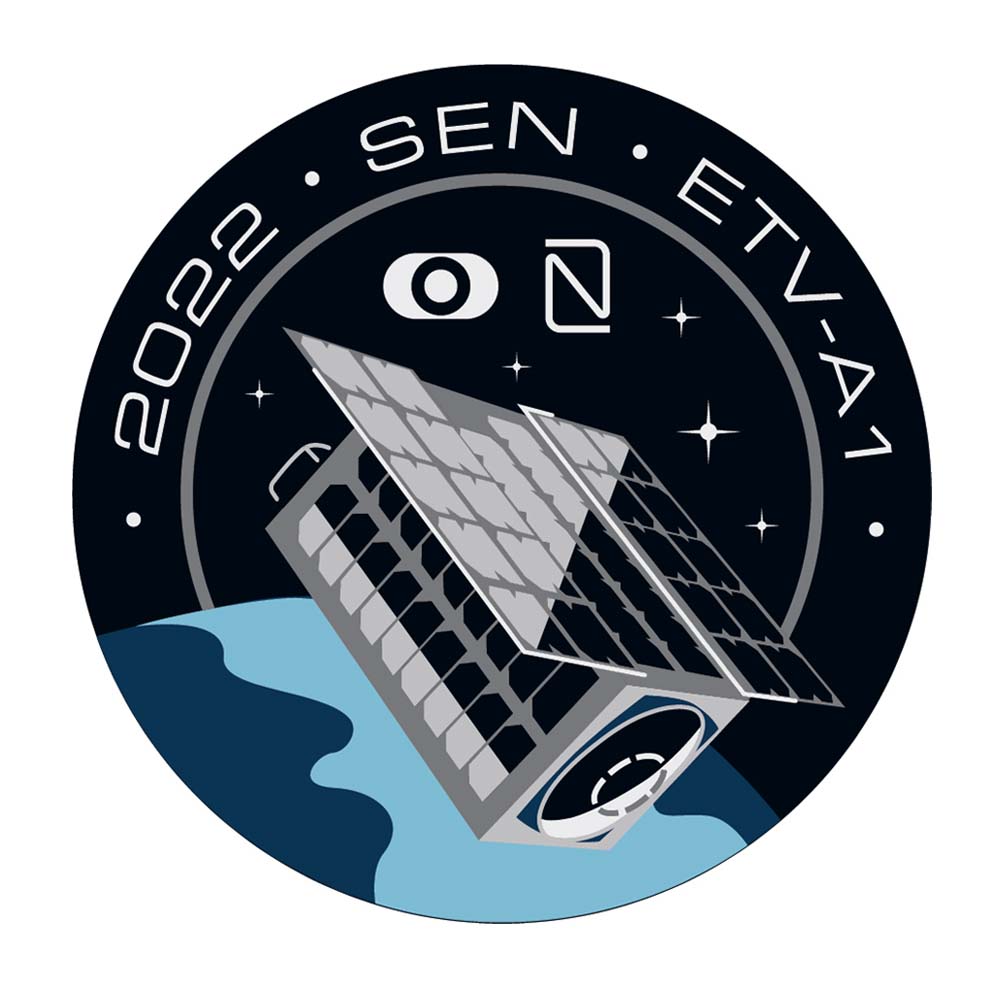Be part of the future with us!
Register now for our online product launch event on May 23rd.
Get Access to NanoAvionics Product Catalog with Tech Specs
A powerful 16U platform can provide high levels of performance, flexibility, and redundancy for advanced payloads. Modern space missions and services require these characteristics in order to create profitable ventures that meet the demanding requirements of today’s clients and end-users.
NanoAvionics’ 16U satellite buses are designed to provide a pre-integrated and pre-qualified platform that is fully tested electrically, functionally, and mechanically for a faster and simpler setup.
NanoAvionics offers three M16P nanosatellite standard performance configurations – Light, Mid, and Max – providing options that best match customers’ payload, mission objectives, and budget. The standardized setups enable engineers to spend more development time and resources on high-level tasks, such as payload development and its support during operations.
Versatility and durability are also very important features of today’s missions. Customer requirements and operational conditions can change rapidly, sometimes requiring satellites to reposition or maneuver to avoid risks or for optimized performance. Such adaptability makes the NanoAvionics M16P platforms suitable for use in both single-satellite missions and constellations.
The standardized M16P configuration, with or without propulsion, makes it adaptable to a variety of both common and specialized applications, including:
The system is fully tested and pre-qualified for rapid flight acceptance and also features sample mission code so that diagnostics can be run upon delivery. NanoAvionics has built every aspect of this 16U system with the industry’s needs firmly in mind at all stages.


Get Access to NanoAvionics Product Catalog with Tech Specs
A powerful 16U platform can provide high levels of performance, flexibility, and redundancy for advanced payloads. Modern space missions and services require these characteristics in order to create profitable ventures that meet the demanding requirements of today’s clients and end-users.
NanoAvionics’ 16U satellite buses are designed to provide a pre-integrated and pre-qualified platform that is fully tested electrically, functionally, and mechanically for a faster and simpler setup.
NanoAvionics offers three M16P nanosatellite standard performance configurations – Light, Mid, and Max – providing options that best match customers’ payload, mission objectives, and budget. The standardized setups enable engineers to spend more development time and resources on high-level tasks, such as payload development and its support during operations.
Versatility and durability are also very important features of today’s missions. Customer requirements and operational conditions can change rapidly, sometimes requiring satellites to reposition or maneuver to avoid risks or for optimized performance. Such adaptability makes the NanoAvionics M16P platforms suitable for use in both single-satellite missions and constellations.
The standardized M16P configuration, with or without propulsion, makes it adaptable to a variety of both common and specialized applications, including:
The system is fully tested and pre-qualified for rapid flight acceptance and also features sample mission code so that diagnostics can be run upon delivery. NanoAvionics has built every aspect of this 16U system with the industry’s needs firmly in mind at all stages.

Client name
SatlantisLaunch date
2023 06 12“GEI-SAT” is a precursor of a Satlantis’ remote sensing constellation intended to perform atmospheric CH4 measurements with high spatio-temporal resolution and simultaneous geolocation of source emitters. It will be used for the monitorisation and quantification of methane emissions in the oil & gas industry. NanoAvionics supplied the mission with its M16P satellite bus and mission integration services.

Client name
SENLaunch date
2022 01 13ETV-A1 is the first of five satellites, contracted to NanoAvionics by British company Sen, to establish video streaming media to provide real-time Ultra-High Definition (UHD) videos of Earth. Each satellite is equipped with several UHD cameras and will provide multiple perspectives of Earth, from wide-angle imagery down to 1.5M resolution.